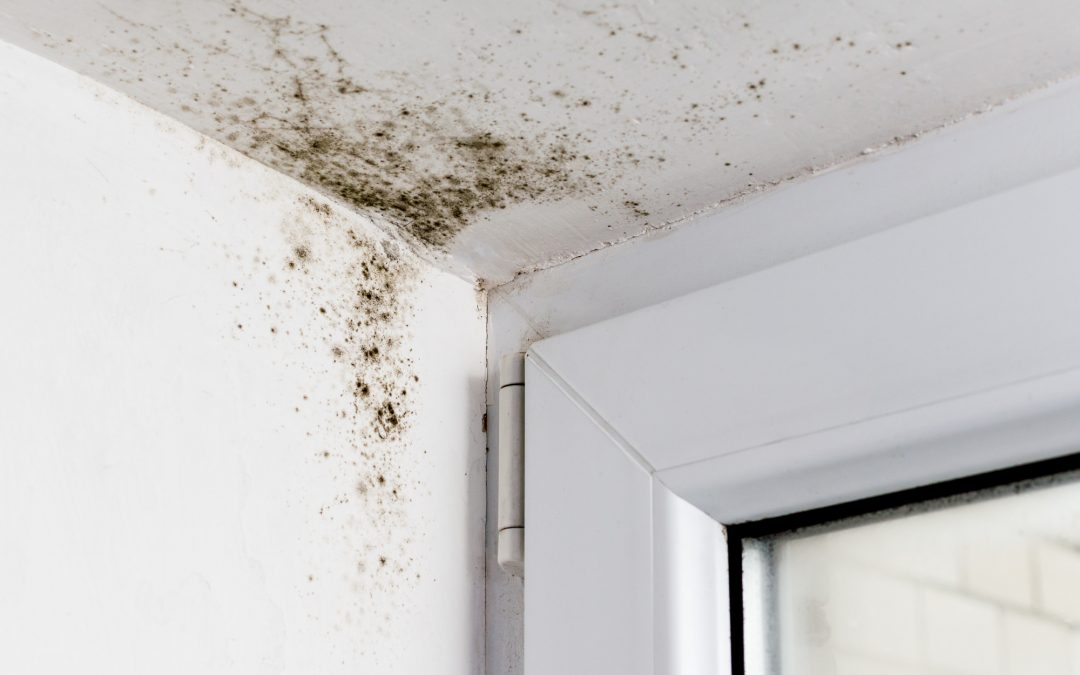The prospect of mold in walls can leave even the most stalwart homeowner feeling cold. Not only does mold pose health risks for anyone living in the house, but it can also damage your home’s structural integrity.
Mold in the walls can mean costly repairs at best. At worst, it can negatively affect your home’s value. Although, nothing will damage your home’s value more than an untreated mold infestation.
That naturally raises the basic question of how to check for mold in walls. Keep reading for key tips on checking for mold and what to do about it if you find mold.
How to Check for Mold in Walls Visually
If you have a serious mold problem in your walls, you’ll see visual cues.
Water and mold go hand-in-hand. So, water stains on your walls or ceiling provide a good clue for mold growth.
You can also look for discolorations that bleed through fresh paint. That is often a sign that mold is growing behind the wall or in the wall material itself.
Telltale signs include paint that bubbles, cracks or peel.
Other Signs of Mold Growth
For many homeowners, a bad odor provides the first clue of mold growth. This usually presents as a persistent musty odor. The odor will remain despite any type of cleaning you do in the area of the smell.
Electrical outlets penetrate into the wall. That makes them an ideal spot for pinning down where in your walls the mold is growing. If you get an extra-strong musty smell near an outlet, that wall is probably in trouble.
Also, keep an eye out for symptoms of mold exposure, such as:
- persistent runny nose
- headaches
- dry cough
- worsening asthma symptoms
The appearance of these kinds of symptoms can clue you in to mold growth, even if you don’t see other signs.
What to Do About It
When you notice signs of mold growth, you should schedule a professional test for mold growth. Professionals can help you determine what kind of mold you have in your walls. They can also do the tests with less damage to your walls than ripping open a wall to find out for yourself.
If the test does come back positive for mold growth, you’ll need to bring in a mold remediation specialist to deal with the problem.
Parting Thoughts on Checking for Mold in Walls
The answer to the question of how to check for mold in walls boils down to a professional test.
Even if you notice most of the signs of mold growth, you can’t confirm the problem without a test or ripping a hole in one of your walls. Since ripping a hole in your wall can help spread the mold, it’s not a good choice.
You’ll need the help of a mold remediation specialist to deal with the issue once you know for sure.
Worried that you might have mold in your walls? Elite Mold Services, Inc. specializes in mold testing. Contact Elite Mold Services today to schedule an appointment.

